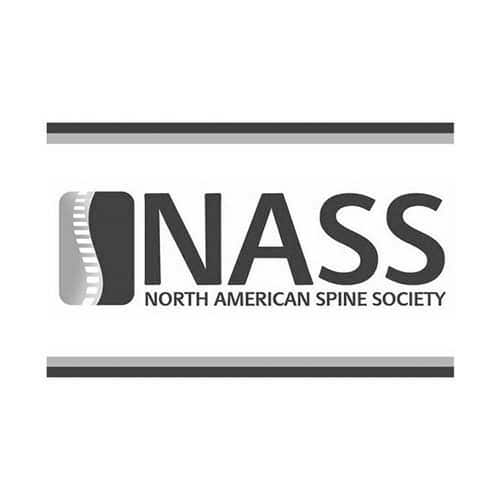You sleep for approximately 1/3rd of your life, and the way you sleep can have a huge impact on your joint pain. The right sleep position and sleep environment can make a world of difference in your day-to-day discomfort. Check out these sleep tips to manage joint pain, courtesy of the pain management specialists at Macomb Pain Management.
Consider Upgrading Your Mattress and Bed Frame
The firmness, style, age, and stability of your mattress all have an effect on your joints. Your mattress needs to support your body in a way that accommodates your sleep style and alleviates pressure around your joints. If you have an old, saggy mattress that is falling apart, it’s probably time for an upgrade. Medical News Today has a great guide to help you Find the Best Mattress for Joint Pain.
In addition to getting a new mattress, you may consider upgrading to an adjustable base instead of a box spring or flat bed frame. This type of base allows you to lift the head or foot of the bed to relieve pressure on certain parts of the body. Sleeping with an adjustable base could reduce joint pain, improve snoring or sinus drainage, and help you stay asleep longer once you get used to sleeping in an elevated position. Many bases offer massage and lumbar support features for added comfort and customization.
Create a Comfortable Sleeping Environment
The steps you take before bed may help or hurt your ability to fall asleep comfortably. If you’re not comfortable, you’re more likely to toss and turn throughout the night. This wears down your joints and prevents you from getting the solid sleep you need to conquer the following day. Your body does the bulk of its healing when you sleep, so you should strive to rest peacefully as often as possible.
Here are some tips for creating a comfortable sleep environment:
- Go to sleep around the same time each night. Your body responds to routine and muscle memory. If you establish a designated sleep and wake time, your internal clock will fall in tune with that.
- Use smooth sheets made from silk or cotton. Avoid materials that create friction when you get onto the mattress. That friction may create pressure on your joints.
- Repeat similar activities before bed. This may include brushing your teeth, taking a shower, reading a book, etc. The goal is to create a routine that signals your body to fall asleep soundly.
- Avoid looking at your phone at least 30 minutes before bed. This will give your mind a chance to wind down and help you fall asleep right away.
- Use blackout curtains to block light. This is especially important if you work night shifts and need to sleep during the day. If you need additional light blocking, consider wearing a sleep mask across your eyes.
Best Sleep Position for Shoulder Pain
If you have shoulder pain and like to sleep on your back, try adding a pillow underneath each arm so that your shoulder does not have to support the weight of your arms when you sleep.
If you sleep on your side, try to sleep with the hurt shoulder facing up and the non-hurt shoulder towards the bed. This will prevent you from putting the weight of your body against the hurt shoulder. You could put a pillow between your side and the arm with your hurt shoulder for additional support. Shift that upper shoulder backward instead of leaning it forward to minimize pain throughout the night.
Best Sleep Position for Back Pain
If you have an adjustable base, use that to your advantage to relieve pressure on your back at night. If not, try adding a pillow under your knees and a smaller pillow under your lower back at night. Use a thin pillow below your head so that your head stays level with your spine.
For side sleepers, use a pillow between your knees and a pillow under your head that’s just tall enough to keep your head parallel to the bed. Avoid sleeping on your stomach if you have back pain, as that tends to make symptoms worse.
Best Sleep Position for Hip Pain
If your hip pain is isolated to one hip, sleep on the hip that isn’t hurting. When sleeping on your back, use a pillow under your knees to eliminate pressure on your hips. Once again, you could use an adjustable base to eliminate the pressure for you.
Best Sleep Position for Neck Pain
Sleeping with neck pain is mostly about finding a way to support the weight of your head and avoid twisting in an uncomfortable direction. Choose a pillow that keeps your head parallel to the bed – not too high or too low. This will help no matter what position you sleep in.
What to Do When Your Joint Pain Won’t Go Away
Adjusting your sleep position and environment should help your joint pain, but it may not get rid of it altogether. Macomb Pain Management offers personalized joint pain treatment using advanced tools and procedures. We would be happy to assess your circumstances to recommend the best treatment path for your unique needs. Contact us at (248) 844-8281 to schedule a consultation for joint pain relief.






